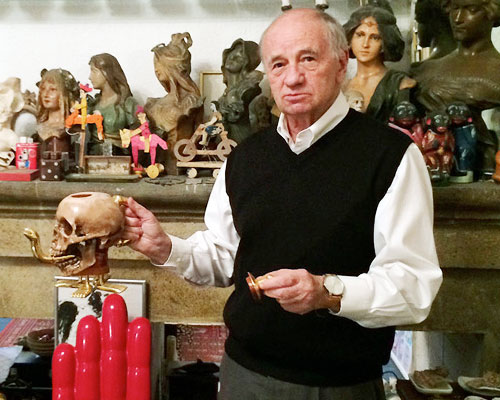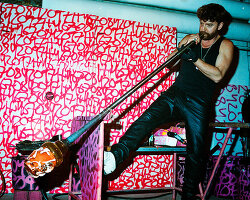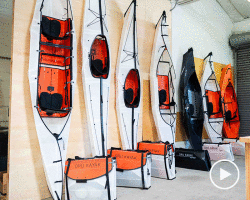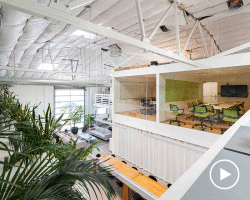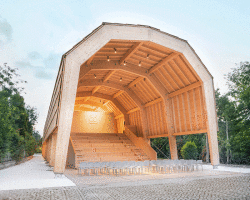pedro friedeberg at his home / studio in mexico city
portrait © designboom
pedro friedeberg was born in florence in 1936. he moved to mexico city at the age of 3, where he still lives and works today. having studied architecture at the universidad iberoamericana, he went on to work with the artist mathias goeritz. since his first solo exhibitions in the late 1950s friedeberg has gone on to become one of mexico’s most recognized artists, with his surreal artworks found in the collections of prestigious galleries and museums all around the world. designboom visited him at his studio to learn more about him and his work…
designboom: what’s the best moment of the day?
pedro friedeberg: when I’m able to go to bed before midnight.
DB: what music are you listening to at the moment?
PF: I’ve been listening to the same classical music for almost 75 years now; bach, brahms, boccherini and strauss. there isn’t much new music that I like, if I do buy anything these days it’s usually a CD like ‘the best of bach’ or ’45 classical hits’ – or something with an equally unimaginative title.
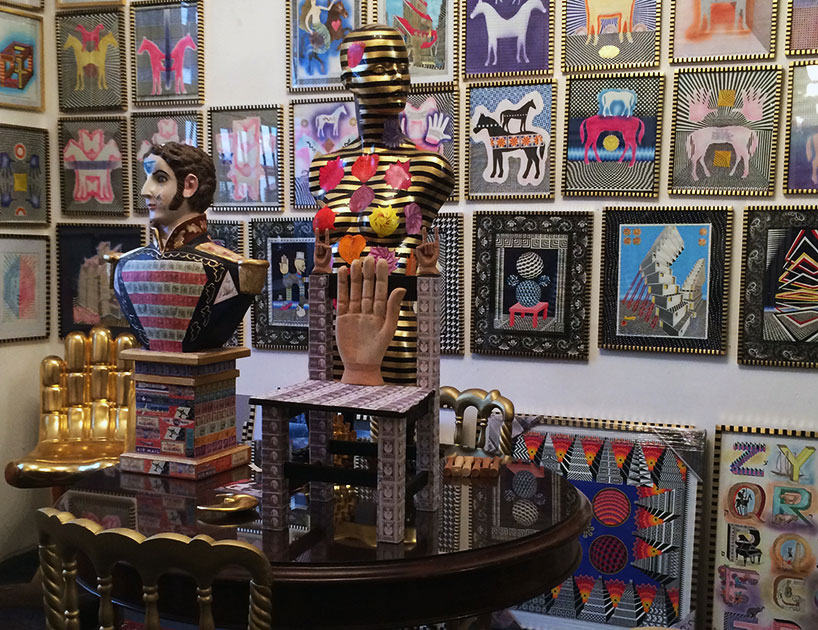
view of pedro friedeberg’s home / studio
photo © designboom
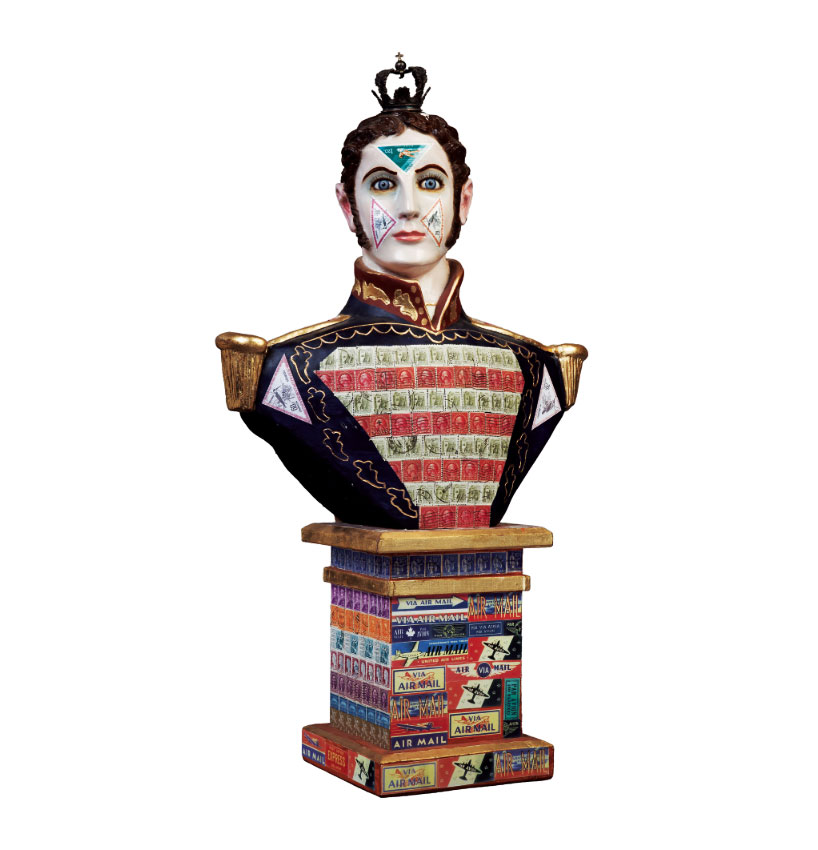
untitled
DB: what books do you have on your bedside table?
PF: I try to read a few books every week because I don’t own a television. at the moment I’m re-reading donald barthelme’s ‘snow white’ and another paperback by him called ‘guilty pleasures’. these are short stories from the late 1960s, which are easy and quick to read through.
DB: where do you get your news from?
PF: I read the newspaper everyday – el pais. I receive the london review of books every week and I also subscribe to the new york review of books, the new yorker and harper’s magazine.
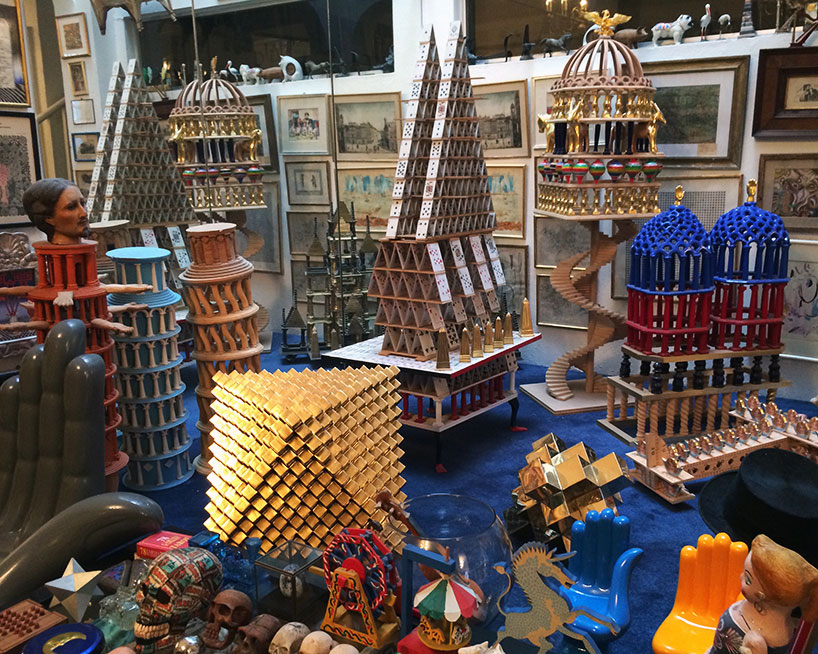
view of pedro friedeberg’s home / studio
photo © designboom
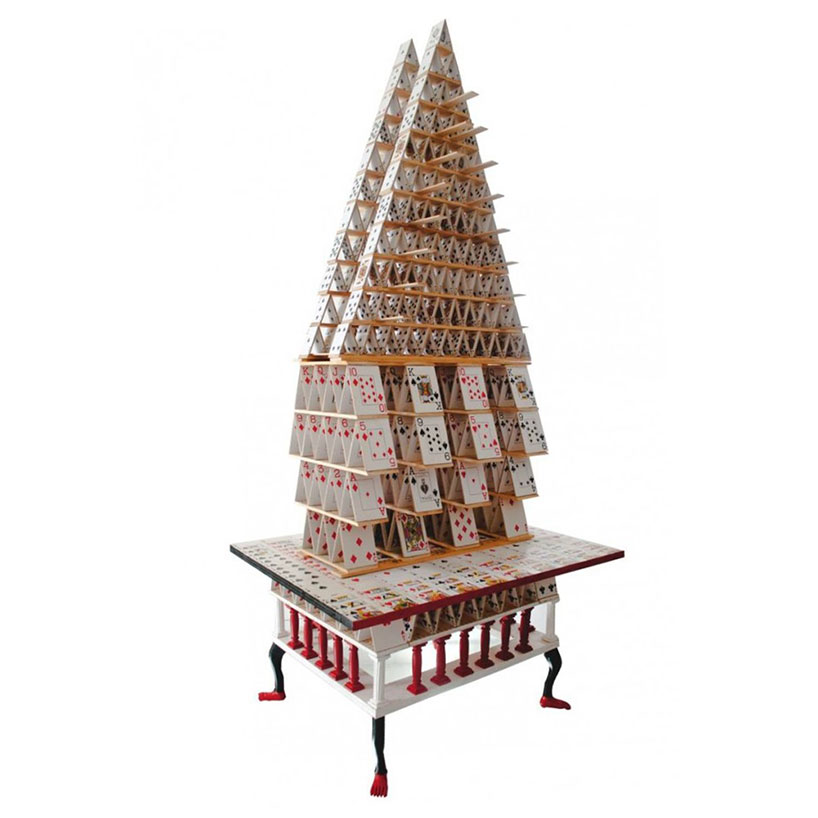
hotel casino en madagascar
DB: do you ever read art or design magazines?
PF: no, not any more. about ten years ago I used to read a magazine called ‘flash art’, which I didn’t think was very good at the time but I stuck with it for a while, maybe it’s better now.
DB: do you follow any art or design websites?
PF: no, I don’t even know how to use the internet properly. I try to live a very old fashioned lifestyle. my assistant helps me with the computer and e-mails and all of that sort of thing so I know what’s going on to a degree but I try to live as though it was 1914.
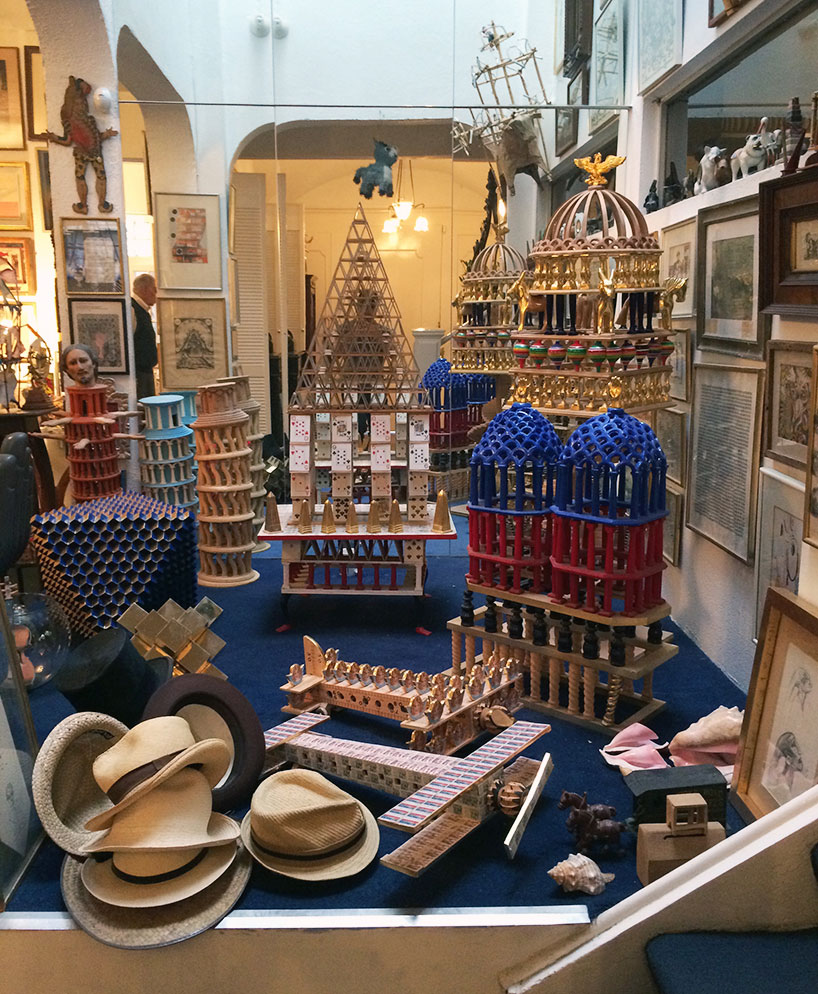
view of pedro friedeberg’s home / studio
photo © designboom
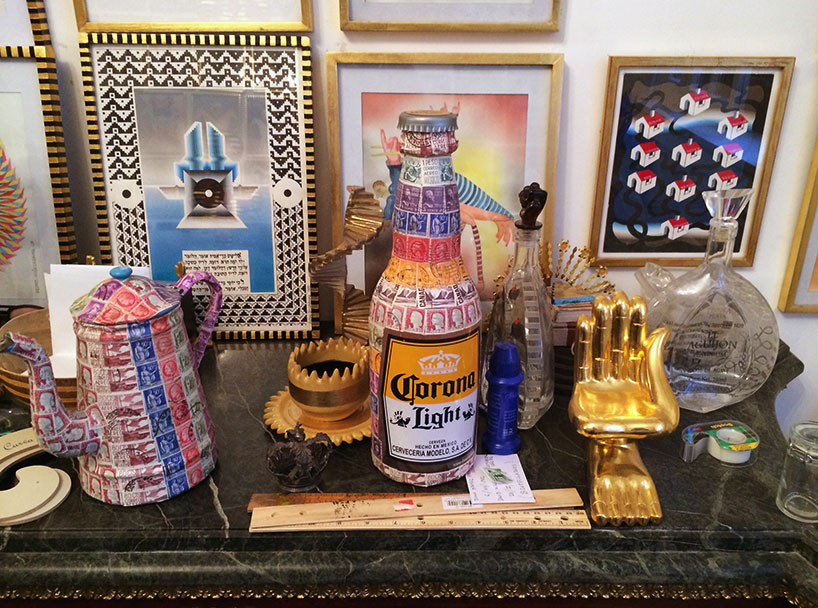
view of pedro friedeberg’s home / studio
photo © designboom
DB: do you have any pets?
PF: my assistant gave me a cat last christmas. suddenly the cat got very fat, and now I have 9 cats. I’ll keep a couple of them but the others I’ll give to friends. I used to have dogs all my life but they’re too much work for a man of my age. cats are easier to take care of and even if they smell I still like their company.
DB: I assume you notice how women dress, do you have any preference?
PF: I don’t really – as long as they are dressed. I don’t want to see their skin once they’re over 33.
DB: are there any types of clothing that you avoid wearing?
PF: I don’t like to wear green or brown. ‘a gentleman never wears brown’ as they say in london.
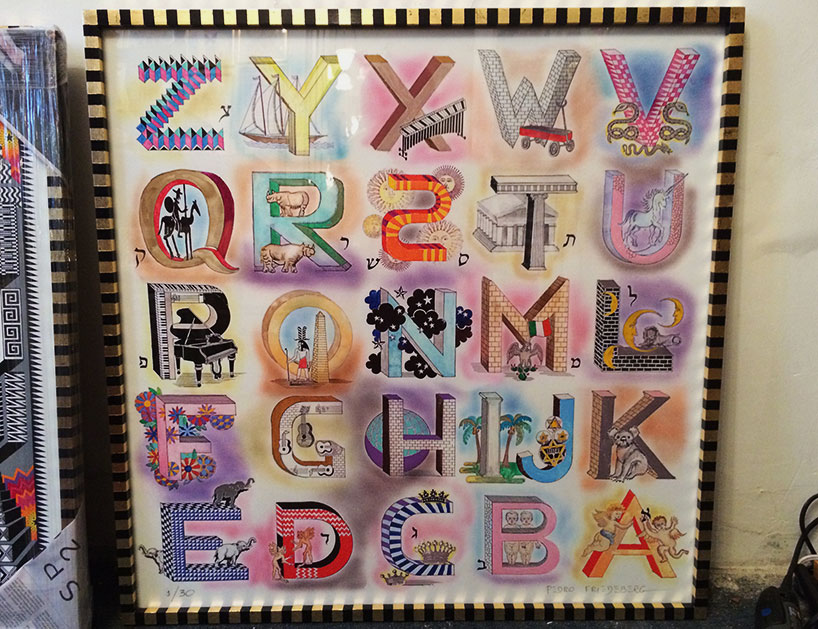
artwork at the artist’s home / studio
photo © designboom
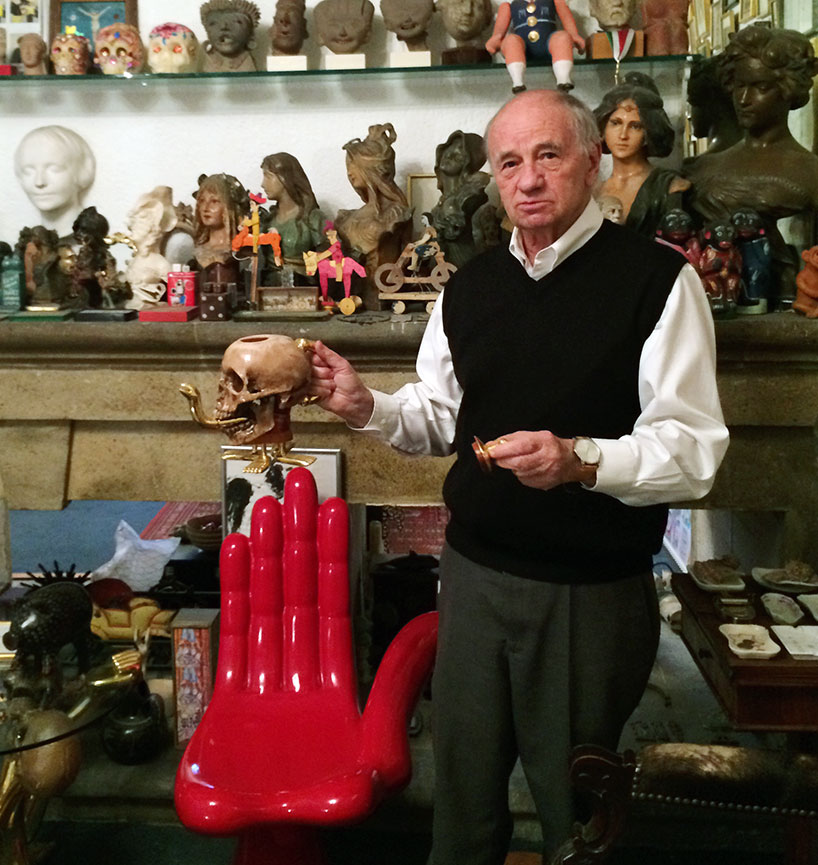
pedro friedeberg at his home / studio in mexico city
portrait © designboom
DB: did you always want to grow up to become an artist?
PF: as a child, no, not really – I didn’t think about it. my parents were german and they were very cultivated people. they had lots of art books around the house that they had inherited from their families, full of the sacred works by rembrandt, druer, altdorfer, velazquez, goya and so on. I never understood why people made a fuss about those works – to me they seemed very sinister.
what interested me much more were the books they had on european architecture, drawings of buildings from italy, germany, france and britain. I found them fascinating because in mexico there were no buildings like them. the perspective in which they were drawn and the detail mesmerized me. I thought gothic architecture was the best thing in the world!
my father bought me a model kit, that he had specially made, and with it I’d build these horrible gothic cathedrals! copying them from photographs and drawings. I remember building a model of canterbury cathedral when I was about 8 years old – it was a great deal of fun.
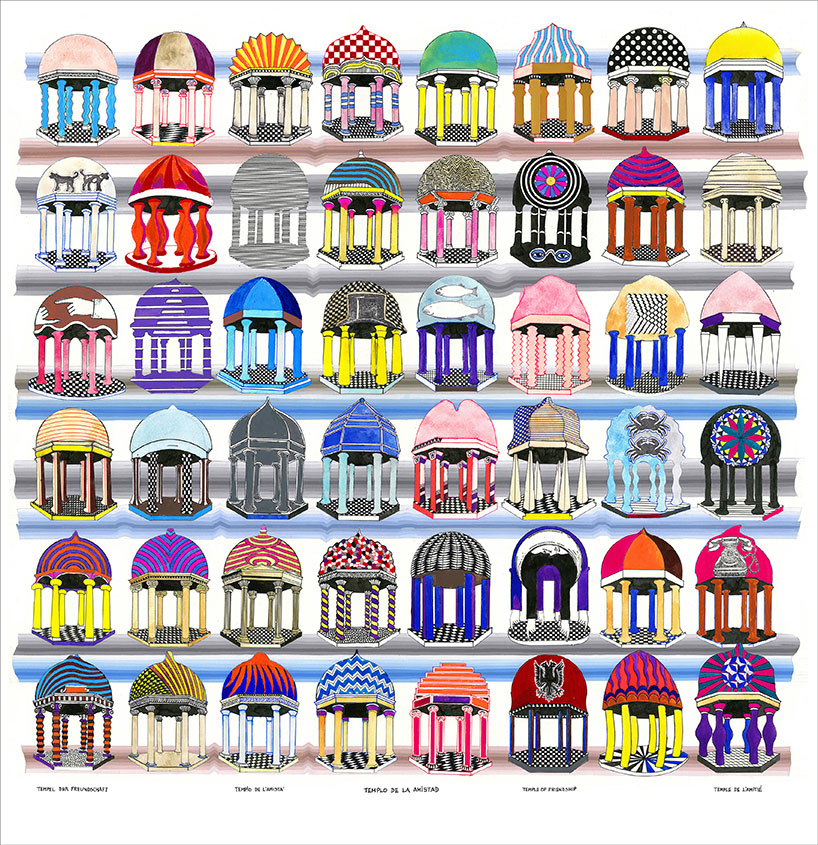
templo de la amistad
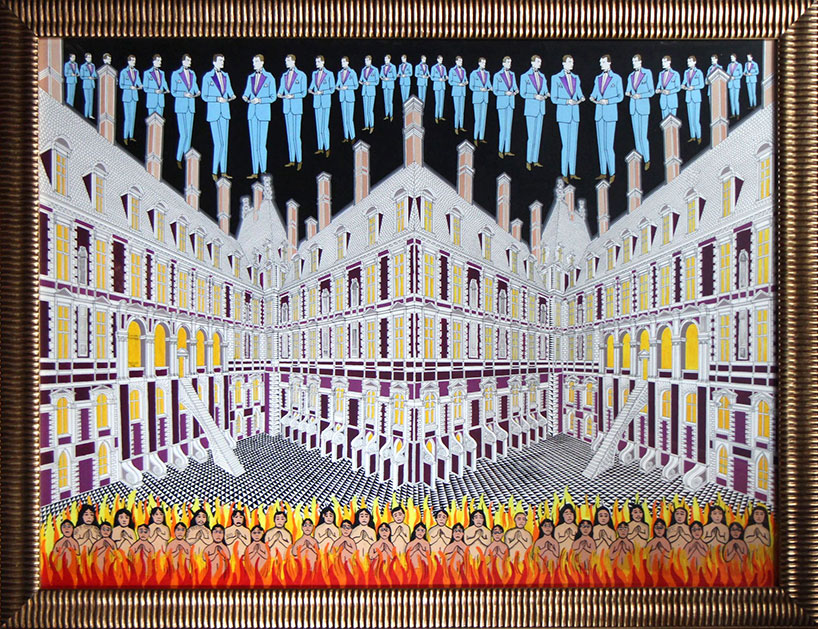
hell is other people
DB: is that what made you want to study architecture?
PF: not specifically but my father suggested to me it could be a good way to earn a living and I must have agreed. back then mexico city was one tenth of what it is today, without the monstrosities you see everywhere now. at that time architects focused on domestic architecture, conventional houses, nothing out of this world but much more charming than the ugly towers that they are obsessed with building today. while I was studying architecture I worked with some friends of my parents who were architects. I’d try to do drawings for them but it wasn’t easy at all, in those days it took an hour just to set up the drawing board correctly, one mistake and you’d have to start again. today that work is done on the computer and taken for granted.

industrial lapinabrusa
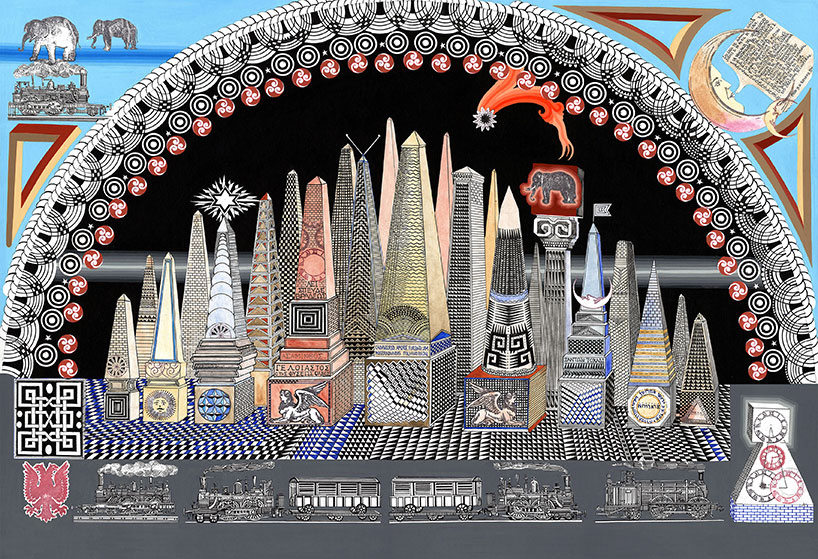
el tren de las 11:11
DB: a lot of your work still sees you drawing architecture – is that how it began?
PF: some of my work is my interpretation of architecture. but at the start of my career as an artist I was mostly influenced by erté and aubrey beardsley, which a friend introduced me to. I particularly thought the work of beardsley was wonderful because it was all black and white and very graphic. I was also influenced by the woodcuts of felix vallotton.
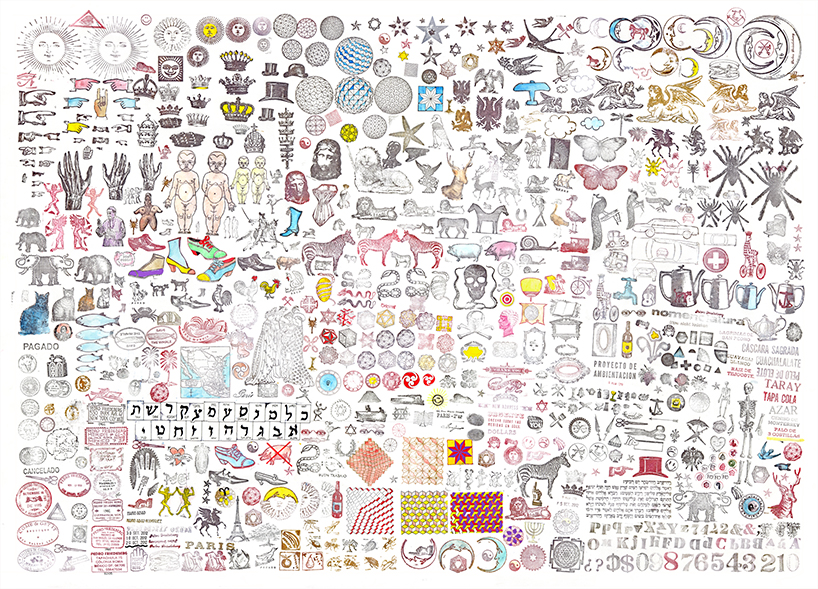
untitled
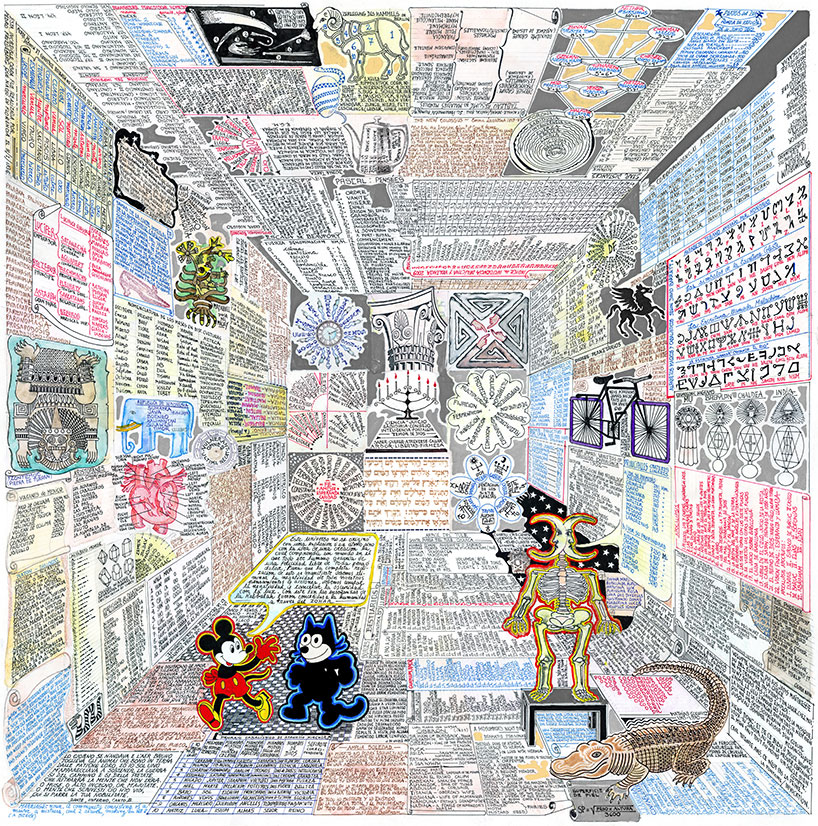
códice miguelito II
DB: were you also influenced by the surrealists?
PF: yes to a degree. I loved dali even though my friends thought he was very kitsch. I love story writing and dali spoke to me in that way, he knew how to tell a story. as a child I’d write autobiographical stories that my mother would tear up and throw away, so really I’m a frustrated writer and surrealist and pre-raphaelite art is very close to story telling. if I could have, I would have been a pre-raphaelite painter.
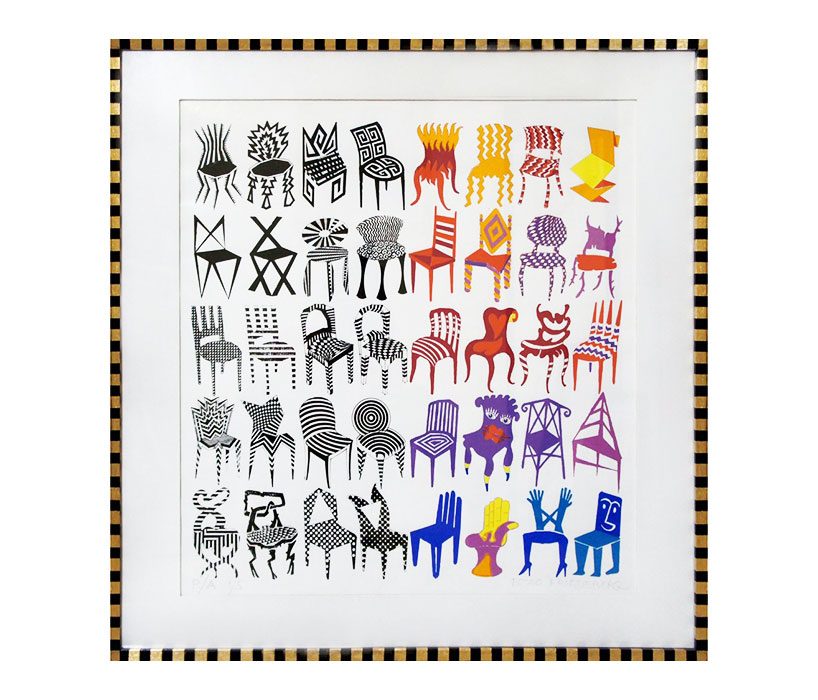
sillas print
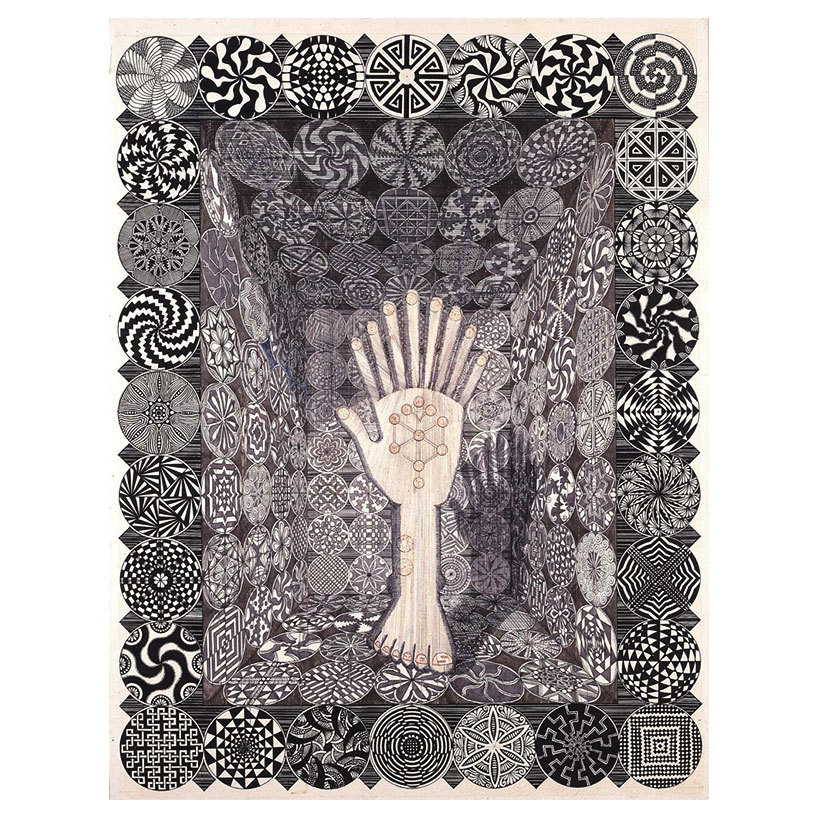
untitled
DB: how has your work evolved from those early days?
PF: originally I would have lots of little people in my work, but it was goeritz who told me to leave them out and just paint architecture and geometry. he was right in the sense that it looked more modern that way, he was modern and he wanted me to be too.
who knows what one does or why? I think of my work as a pastiche. there’s a little bit of everything I like in there, a bit of piranesi, a bit of beardsley, a bit of escher – just as you can see with my studio – it’s a very eclectic mix. I appreciate a lot of different things.
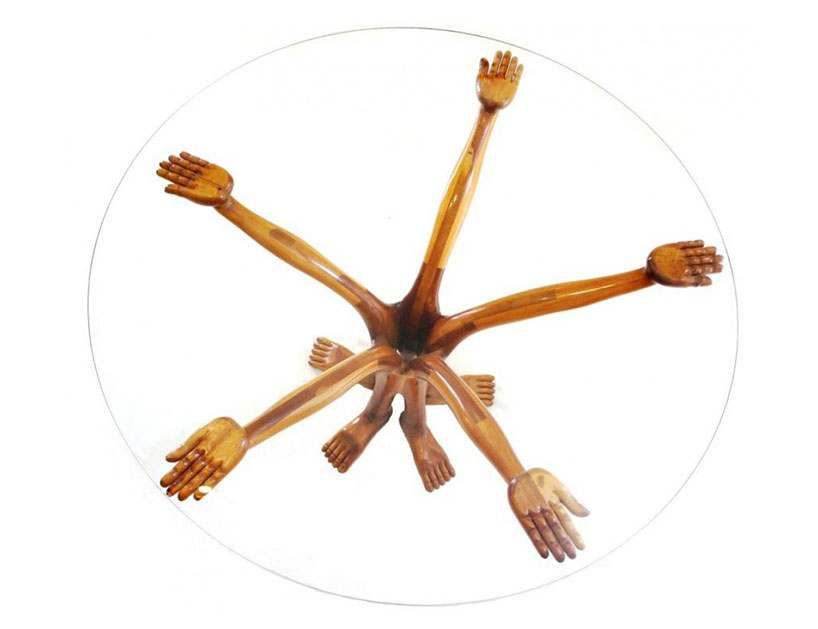
dining table with hands and feet, 1961
hand carved mahogany and glass
127 x 74 cm
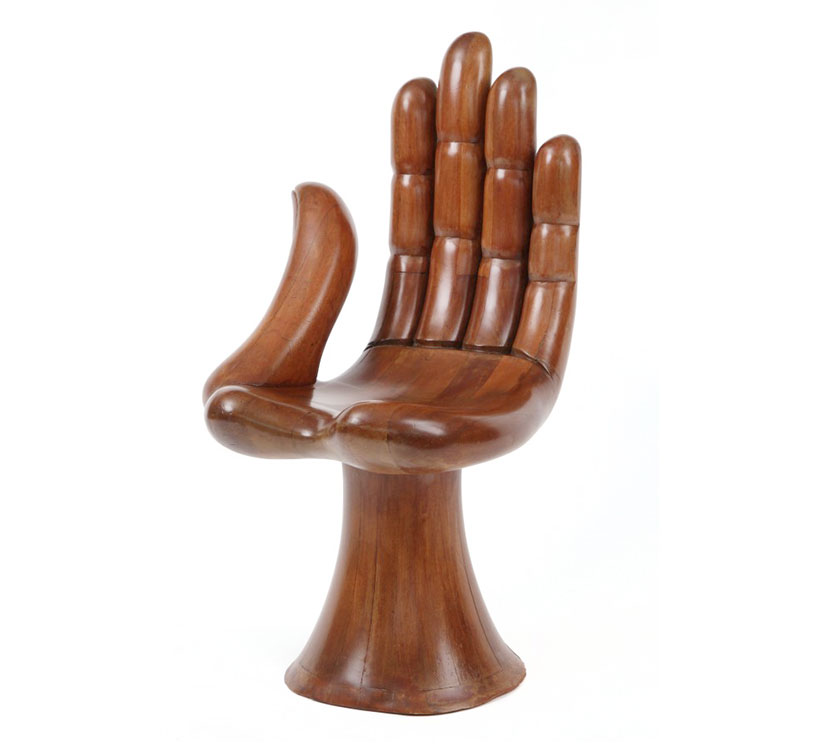
hand chair, 1961
mahogany wood
94 x 52 x 57 cm
DB: please could you tell us more about your iconic hand chair?
PF: truth be told, I made the hand chair half jokingly. it was 1961 and I was working with mathias goeritz at the time. he was about to leave mexico on a trip to europe. he’d been working with a highly skilled, master carpenter called josé gonzález and he asked me to work with him while he was away so that josé had some work.
the first thing he made for me was a coffee table that had human legs, working from a drawing I’d given him. he did a great job on that and I immediately understood his capabilities. the next idea that came to my head was the hand as a chair and so he made it for me, that was the first hand chair.
shortly after it was made an art collector from switzerland who had a gallery in new york came to visit me and he loved the hand chair and ordered four of them. it’s success was instant and it’s been very popular ever since.
sometimes I fall out of love with the hand chair because I’ve seen it so much now but it’s become an important part of my work as well, so I can’t hate it completely – it’s kept food on my table. as is the case with many artists, you don’t always think that your most popular work is your best but people love it and want it. it’s a sort of prostitution in a way… its become a bit like ‘the sorcerer’s apprentice’!
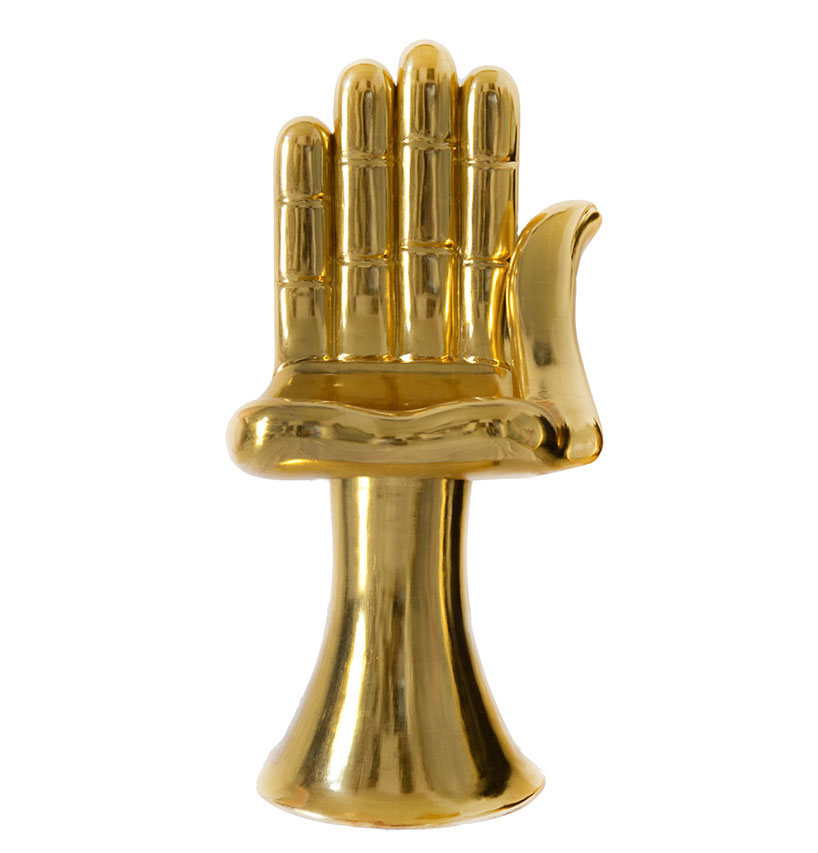
golden hand chair, 2013
mahogany wood and gold leaf
79 x 60 x 60cm
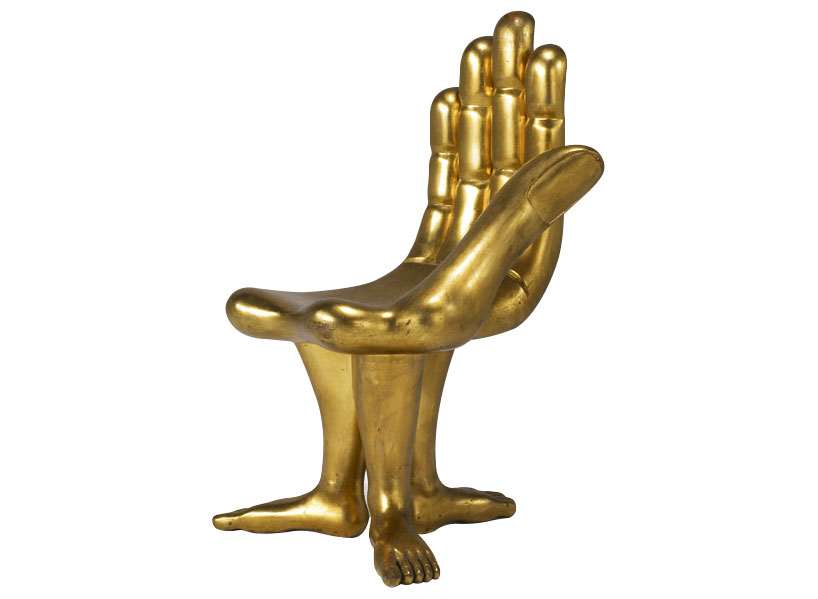
hand chair with three feet
mahogany wood and gold leaf
94 x 52 x 57 cm
DB: what medium or materials do you enjoy working with the most?
PF: the medium and materials I use depend on the idea I have, but if I have to say one it would be painting. I’d be happy to paint in black and white all the time if I could, but the color gives another dimension to the work which is sometimes needed.
DB: what are your thoughts on contemporary art?
PF: I don’t like very much of it, because a lot of what people say is art isn’t in my opinion. I saw a piece of string hanging from a museum ceiling the other week, I’d have walked right by it if someone had not told me what it was.
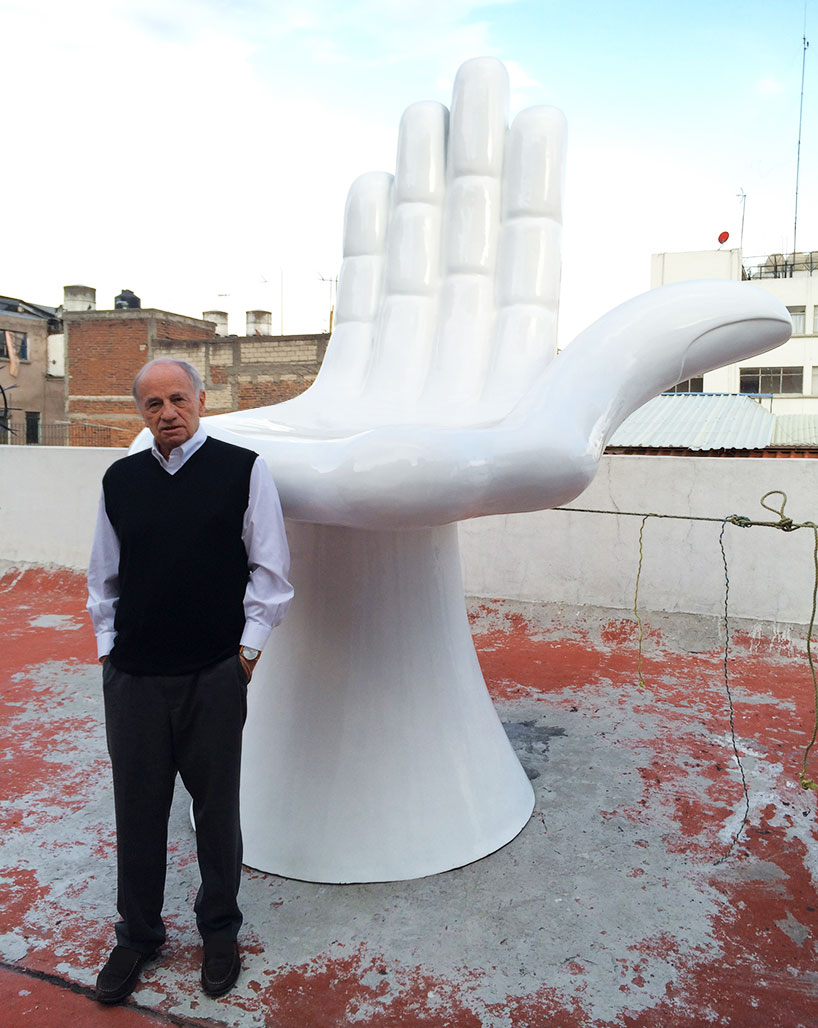
pedro friedeberg on the roof of his home / studio with a giant fiberglass hand chair
portrait © designboom
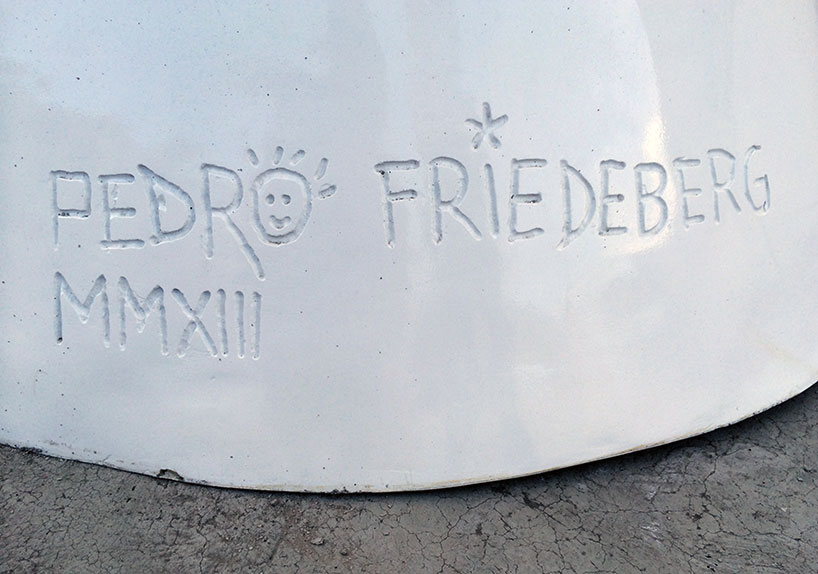
pedro friedeberg’s signature on the fiberglass hand chair
portrait © designboom
DB: do you talk about your work with anyone outside of your studio?
PF: yes, occasionally. I used to talk with some of my friends about art, not necessarily my work but its broader themes, however most of the people I talked about those subjects with have now passed away.
DB: do you live by any self imposed rules?
PF: I try to be a an snob in the english sense, but in mexico the irony is often lost on people. I lead an old fashioned life at an old fashioned pace.
DB: do you have any advice for young artists?
PF: real artists they won’t follow anyone’s advice, especially mine. you can’t learn how to become an artist – it’s your fate.
more
the work of pedro friedeberg is on show until october 15 at the philatelic museum oaxaca, mexico (MUFI).
